The Flavian Amphitheatre (The Colosseum)

 Condividi
Condividi

Aimed at combating usury and granting pawn credit with low interest rates, the Monte di Pietà institutional pawnbroker arrived later in Rome as compared to other cities in central
[...]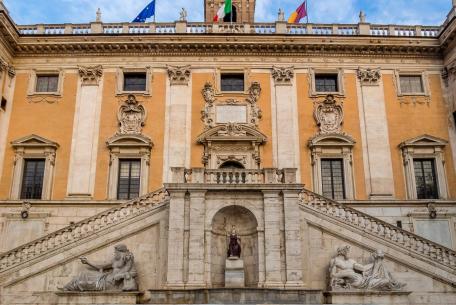
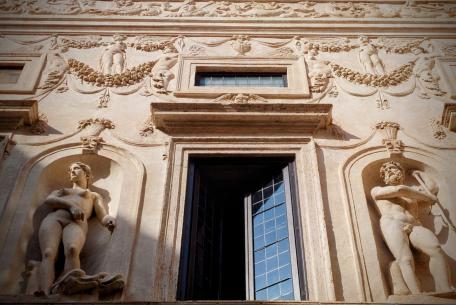
Built at the behest of Cardinal Girolamo Capodiferro (1502-1559), the construction of Palazzo Spada started at the end of 1548, by the architect Bartolomeo Baronino
[...]
The dignified palace that today faces Via della Conciliazione was built in the early 16th century for the rich cardinal Adriano Castellesi da Corneto, who never li
[...]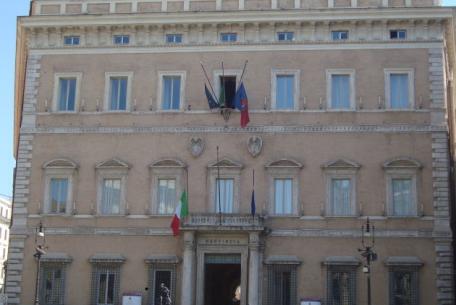
The palace, now the seat of the metropolitan city of Roma Capitale, was built in 1583-85 by Cardinal Bonelli on the area of the forum of Trajan, d
[...]
Currently the seat of the INPS, is Known for being the historical headquarters of the newspaper Il Tempo.
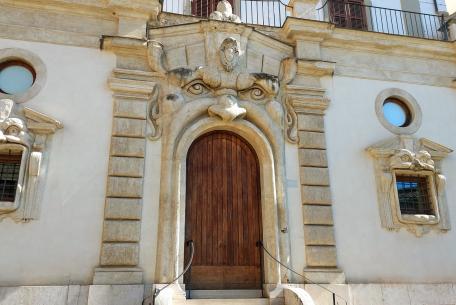
Located at the crossroads of via Sistina and via Gregoriana, close to the Spanish Steps, Palazzo Zuc
[...]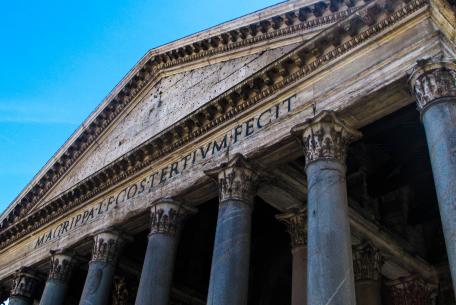
“The most beautiful relic of ancient Rome, a temple so well preserved that it appears as the Romans must have seen it in their times,” so described it the French writer Stendhal in the 19th century
[...]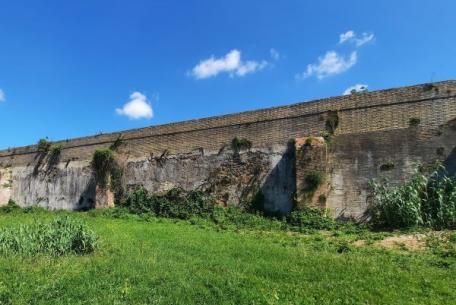
Located in the Pietralata neighborhood in the northeast quadrant of the city, the park owes its name to the ol
[...]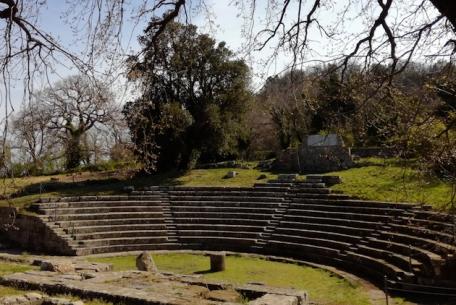
The Tuscolo Archaeological Cultural Park extends between the municipalities of Montecompatri, Monte Porzio, Frascati and Grottaferrata and represents the historical and cul
[...]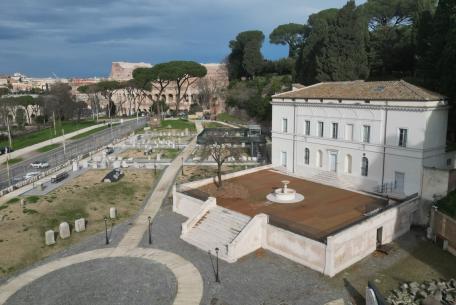
The park occupies the northwestern sector of the Caelian hill, in a green area overlooking the
[...]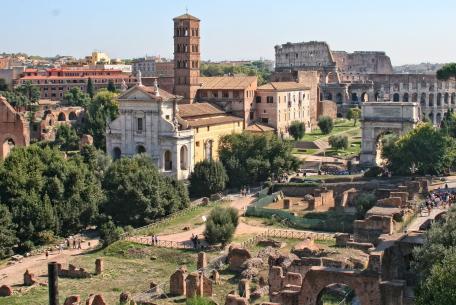
Parco Archeologico del Colosseo includes the extraordinary ancient complexes forming part of the central archaeological area, namely Colosseum, Roman Forum
[...]
The Parco Archeologico dell'Appia Antica stretches from the Aurelian Walls to the locality of Frat
[...]
The vast urban park on the eastern outskirts of Rome, south of the Centocelle district, represents a cultural, environmental and landscape resource of extraordinar
[...]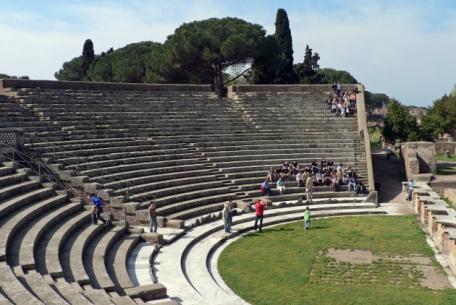
In your experience in the territory of Ostia you cannot miss to visit the Parco Archeologico di Ostia Antica, one of the largest archeological sites of ancient Rome.

The remains of the ancient Etruscan city of Veii are located near the village of Isola Farnese on a triangular-shaped plateau lapped by two rivers, the Fos
[...]
The Park of the Tombs of Via Latina is one of the most important funerary complexes in the suburb of Rome, which still preserves the traditional appearance of the ancient Roman cou
[...]
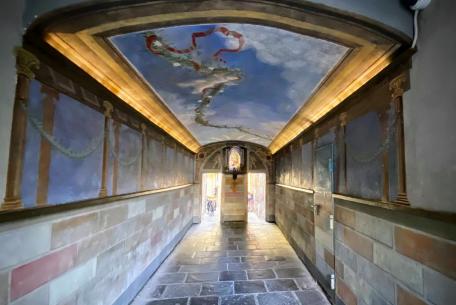
The square is located in the heart of the San Lorenzo district and is famous for the presence of the Nuovo Cinema Palazzo: the building overlooking the square – it
[...]The square is located in the Tiburtino district, between via dei Sabelli and via degli Aurunci.
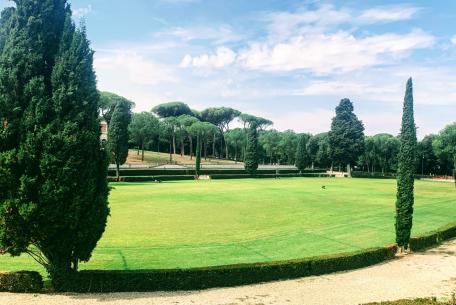
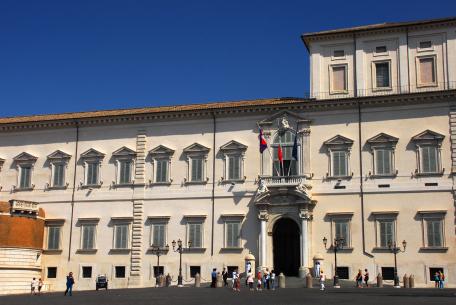
Under the watchful eye of the imposing Corazzieri stands, on the highest of the seven hills of Rome, the Palazzo del Quirinale which, since 1946, has been the symbolic place of the
[...]

After the conquest of Egypt in 31 BC on the part of Ottaviano Augusto, following Cleopatra's death, Roman funeral construction began to be inspired by Egyptian models
[...]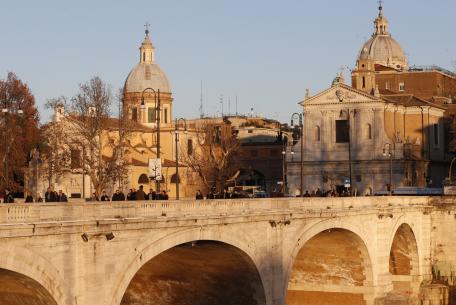

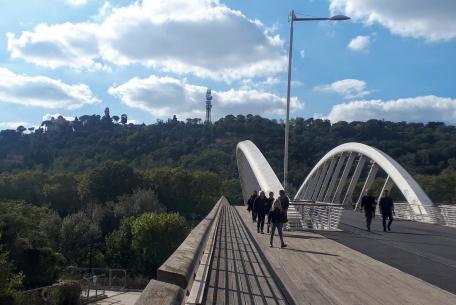
Designed in 1999, the bridge connects Piazza Gentile da Fabriano, in the Flaminio district, with the Lungotevere Cadorna at the Foro Italico swimming stadium in the Delle Vittorie district. Constru
[...]
The 1927 project of the Foro Mussolini, today Foro Italico, work of the architect Enrico Del
[...]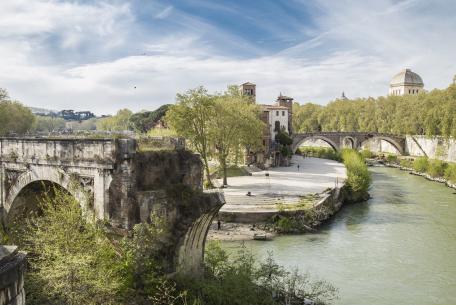
It is commonly known as Ponte Rotto (Broken Bridge) but the great arch with a decadent and poetic aspect that emerges from the waters of the Tiber, not far from the Tiber Island, is actually what r
[...]
 Condividi
Condividi
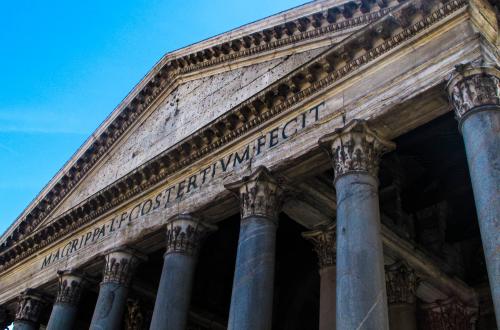
 Condividi
Condividi

 Condividi
Condividi
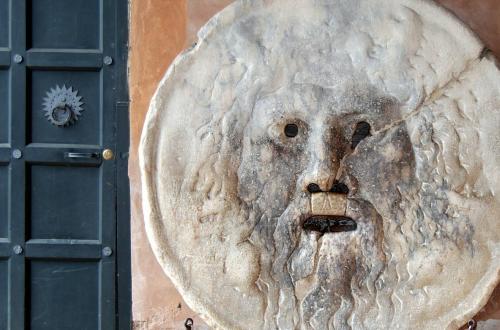
 Condividi
Condividi
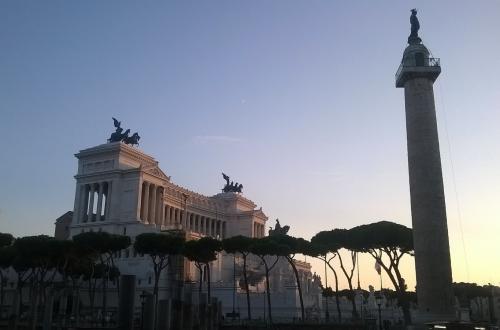
 Condividi
Condividi
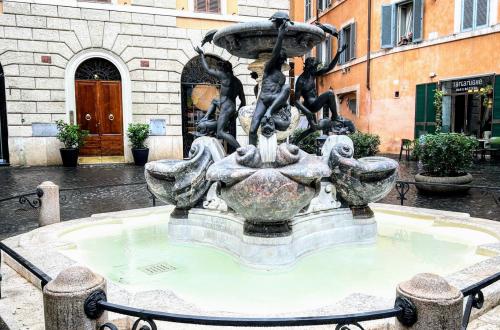
 Condividi
Condividi
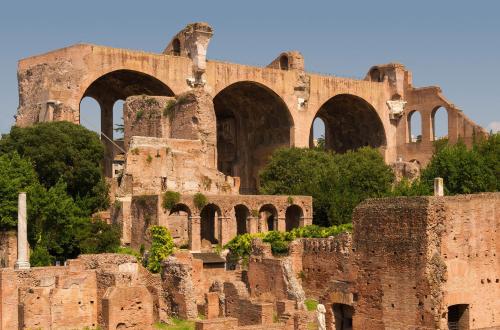
 Condividi
Condividi